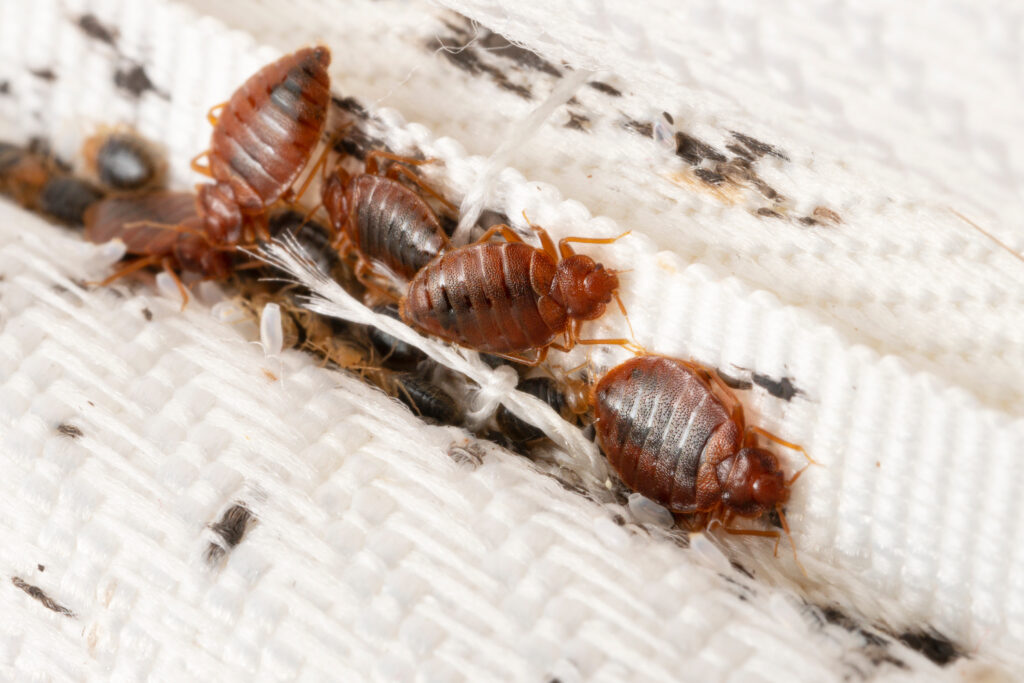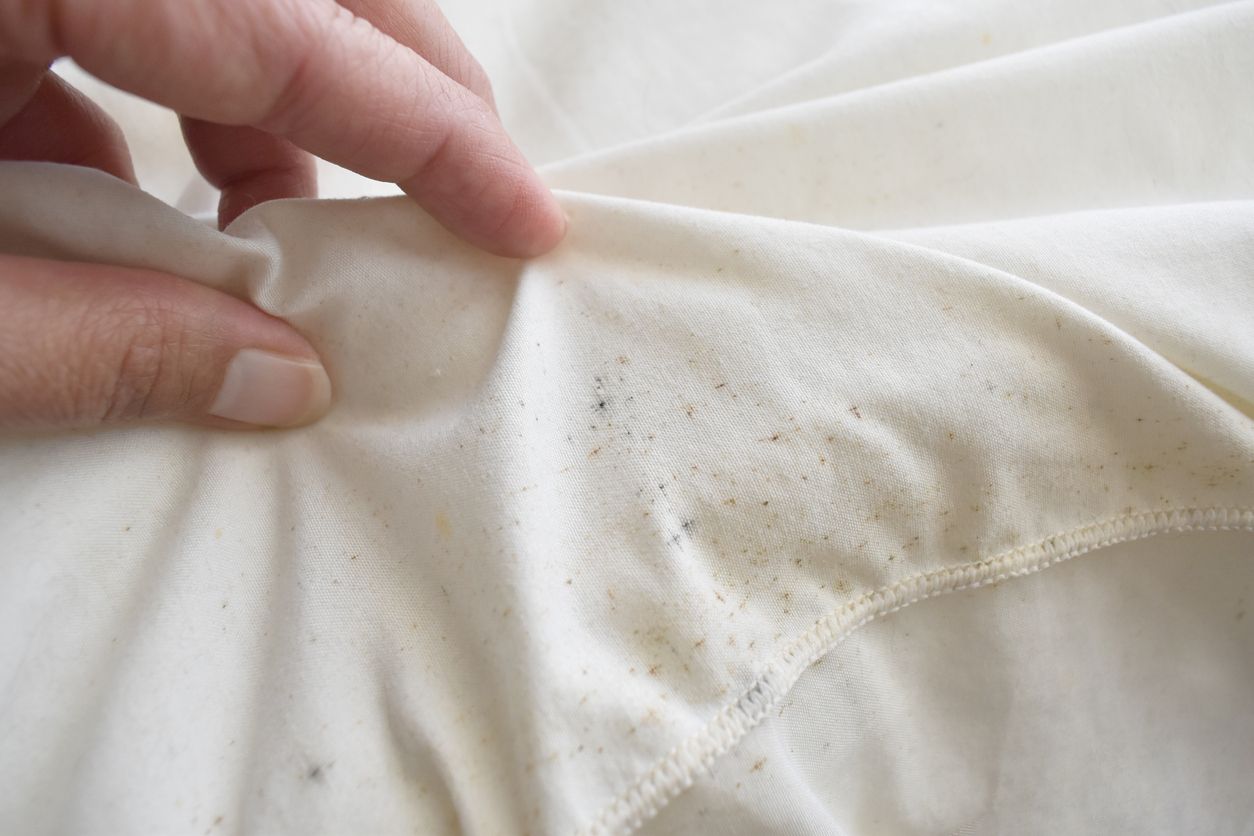How Do I Check for Bed Bugs?

Wondering how to tell if you have bed bugs? You’re not alone. Bed bugs are sneaky pests, but catching them early can save you a lot of stress and help you return to a restful slumber. Advanced IPM is here to help with expert tips and tricks for identifying and halting these mattress invaders.
Early Signs of Bed Bugs
Bed bugs are known to leave behind clues that they’ve moved in, even if you haven’t seen them yet. Some common bed bug signs to watch out for include:
- Small, itchy bites on your skin, often in clusters or lines
- Tiny reddish or brown stains on your bedding or mattress
- Little black spots that look like dots made by a pen—these are bed bug droppings
- A musty, slightly sweet smell in the room
If you notice any of these signs, it’s time to do a closer check.
How To Check for Bed Bugs
To inspect for bed bugs, follow these easy steps:
- Strip your bedding. Take off your sheets, blankets, and pillowcases. Check each piece carefully for spots, stains, or live bugs.
- Inspect your mattress. Look closely at the seams, edges, and corners of your mattress—bed bugs love hiding here!
- Check the bed frame. Examine the joints, corners, and any cracks in your bed frame and headboard.
- Look around the room. Bed bugs can also hide in carpets, behind picture frames, and even inside electrical outlets. Check these areas closely with a flashlight.
What Do Bed Bugs Look Like?
Once you know what bed bugs look like, they’re impossible to miss. These nuisances are tiny and flat, about the size and shape of an apple seed. They are reddish-brown, but after feeding, they become swollen and darker. Young bed bugs, called nymphs, are smaller and lighter in color but still visible to the naked eye.
How To Get Rid of Bed Bugs
Found bed bugs? No need to sound any alarms—there are steps you can take right away to help minimize their impact:
- Wash and dry fabrics. Put your bedding, clothing, and curtains in hot water and dry on the highest heat setting.
- Vacuum. Carefully vacuum your mattress, bed frame, carpets, and furniture. Immediately seal the vacuum bag in plastic and throw it away outside.
- Declutter. Remove clutter from around your bed to eliminate hiding places.
- Call for help. For the best results, reach out to pest control professionals who know how to handle bed bugs effectively.
The first signs often include small, itchy red bites on your skin, tiny blood stains or dark fecal spots on your sheets, and a musty odor near your mattress or furniture. You might also spot shed skins or live bed bugs in mattress seams, box springs, or cracks in furniture.
Bed bugs are nocturnal and hide in dark, tight spaces near where people sleep. Common hiding spots include mattress seams, behind headboards, in box springs, within couch cushions, or behind electrical outlet covers and baseboards.
Yes, adult bed bugs are visible to the naked eye. They are about the size of an apple seed—roughly 4–5 mm long—and are reddish-brown, flat, and oval-shaped. Eggs and nymphs are much smaller and harder to spot.
Look for a combination of signs: bites in a line or cluster, live bugs, rusty or dark spots on bedding, and shed skins. If you're unsure, a pest control professional can confirm the presence of bed bugs through a thorough inspection.
Act quickly. Limit the spread by containing infested items, washing bedding in hot water, vacuuming thoroughly, and contacting AdvancedIPM immediately.
Keep Bed Bugs at Bay With Advanced IPM
The best way to deal with bed bugs is to stop them before they become a problem. At Advanced IPM, our experts know exactly how to protect your home with state-of-the-art bed bug eradication services. We’ll work with you to create a customized pest control plan that keeps bed bugs away so you can sleep easily. If you’re worried about bed bugs or want extra peace of mind, contact us today!

